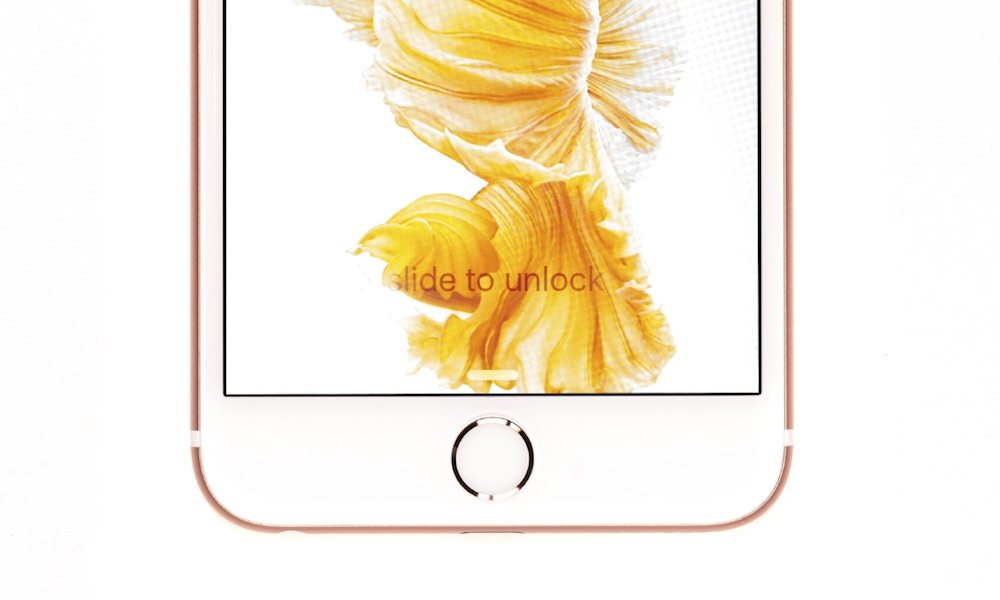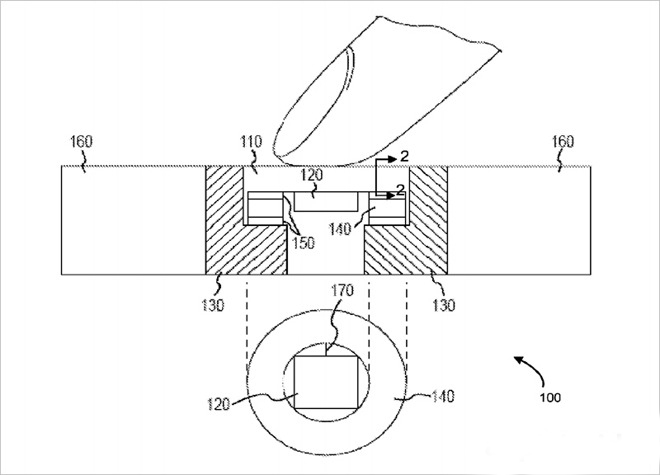As If 3D Touch Wasn’t Cool Enough, Apple Files Patent for Force Touch ID Button

Toggle Dark Mode
One of the most recent trends in Apple’s products is the integration of pressure-sensitive technology into their devices. Apple’s latest line of MacBooks, as well as the Magic Trackpad accessory and the new remote for the 4th generation Apple TV all introduced Force Touch technology, while the Apple Watch and latest iPhone and iPad models have integrated Force Touch and 3D Touch technology into their displays.
The technology has been implemented in nearly all of their devices – it seems there’s almost no where else Apple could add the functionality. However, just today, an application for a patent filed by Apple was published, describing a pressure-sensitive Touch ID button.
The patent, titled “Force-Sensitive Fingerprint Sensing Input”, describes what amounts to a smarter and more functional pressure-sensitive Touch ID button. While the fingerprint sensor on the button would essentially remain the same, although perhaps with additional functionality (different fingerprints could open the device with differing levels of authorization – a child’s fingerprint would open a profile that can only access certain games, etc), the button would be able to trigger actions depending on the pressure of the user’s touch.
According to the patent, the “user can have a different effect presented in response to a relatively soft touch, in contrast with a relatively hard touch.” A soft touch, for example, could simply open access to the device, while a hard touch could trigger a certain desired outcome – opening a quick response to an SMS message, opening directly to a specific app, etc.
The patent also describes how the button would not only have the capability to detect the pressure of the user’s touch, but also the direction of the pressure. According to the patent, “the user can have a different effect presented based on an analog measure of applied force, such as an attempt to turn a dial or wheel, or push or turn a joystick, in a gaming application.”
This capability can add a whole new level of functionality to the home button. Pressing in a certain direction can add shortcuts to commonly used apps, for example, and the implications of a built-in joystick for gaming applications speak for themselves. The idea opens up almost endless possibilities for additional contextual menus or options in many different situations.
As with many of Apple’s patents, it’s unclear when, if ever, the technology will be applied to their products. While many are speculating that such technology may be introduced as early as September, for the anticipated release of the iPhone 7, it’s much more likely that such a feature would be introduced much later, if at all. However, if and when this technology is introduced, it will more than likely change the way we interact with our phones and tablets.
[The information provided in this article has NOT been confirmed by Apple and may be speculation. Provided details may not be factual. Take all rumors, tech or otherwise, with a grain of salt.]








